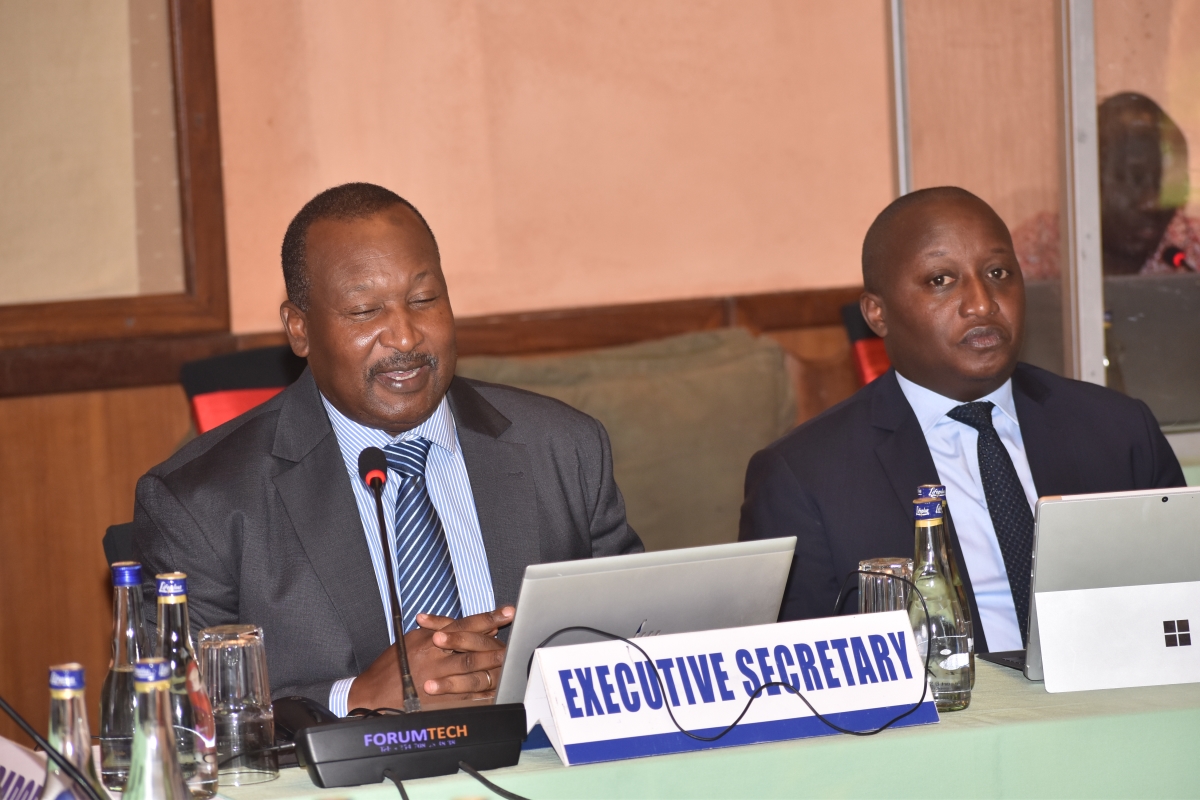More investments needed to improve Inland Water Transport
The development of Inland Water Transport has the potential to enhance cargo movement, improve time factor, cost efficiency, reduce emissions and improving safety and efficiency for Inland Ports. Over and above, it positively impacts the socioeconomic activities of Lake transport in the region.
Water transport offers an option for green logistics chains across the continent. It shifts part of the freight and passenger traffic to this alternative mode of transportation, potentially developing port towns and cities.
In recognition of this importance, Regional Economic Blocks (COMESA and EAC) and, indeed, the Northern Corridor Member States are currently undertaking projects geared towards the development of Inland Waterways Transport specifically on Lakes Victoria, Kivu, Tanganyika and Rivers Nile and Congo as a key plank in enhancing transboundary freight among these countries.
The fact that Lake Victoria lies in the Great Lakes Region, which is connected to the Congo River Basin, points to even greater potential, especially in the wake of the Northern Corridor members adopting the Africa Continental Free Trade Area (AfCFTA) and the increasing importance of the Trans African Highway section that runs through the region.
The ascent of DRC to the EAC necessitates the harmonization of the objectives, policies and regulation of Inland Waterways transport for both EAC and CEMAC regions.
Member States should increase investments aimed at improving inland water transport of the entire Northern Corridor region and increase the integration of inland water transport with other transport modes, notably road and rail, to bridge the trade divide.
The development is in line with the regional strategies to develop and utilize Inland Waterways as an efficient mode of transport.
According to Omae Nyarandi, Executive Secretary of the Northern Corridor secretariat, the current status of the Inland Water Transport in the region reveals that the development of Port infrastructure and equipment has been revitalized and financed by the respective Member States and development partners, including World Bank, TradeMark East Africa and African Development Bank among others.
“More investments are still needed to improve and efficiently use Inland Water Transport in our region”, He commented.
Inland water transport has several advantages over other modes of transport, including being cheaper, safer, and transporting bulk goods. It also consumes less energy and emits fewer greenhouse gases.
Despite the advantages, the Inland waterway transportation system in the region remains inadequate in terms of coverage, capacity, and cost-effective access to national, regional, and international markets.
Redeveloping the transportation network on Lake Victoria and other major Lakes and Rivers in the Great Lakes Region will provide a viable and effective link between the Northern Corridor and Central Corridor. It will then facilitate inter-regional transport connections and reduce the dominance of road transport around the navigable lakes and rivers.

